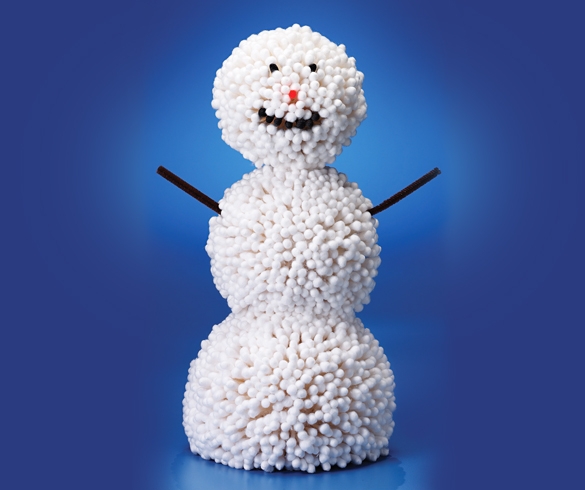
Whether you want to lose weight or maintain, a food journal is an effective tool because it makes you more aware of what you’re eating. After tracking your intake for a few days, patterns emerge from your eating choices that can help you identify pitfalls in your nutrition habits.
Starting a food journal is easy. First, choose how you want to track — you can go old-school with pen and paper, use a spreadsheet on your computer, keep notes on your mobile phone or sign up for a digital calorie counter like MyFitnessPal.
It’s important to find a balance between accuracy and being borderline OCD with your food-tracking habits. A food journal should help you, and it can’t do that if it hurts your psyche. Do your best to correctly capture what and how much you eat, then let it be.
With that in mind, here are four tips to help you keep an accurate food journal:
1
WATCH YOUR PORTION SIZE
Don’t rely on the default portion size on the nutrition label or on your ability to “eyeball” how much you eat, at least not if you’re new to food journaling. For example, the difference between one teaspoon and one tablespoon of cooking oil is 80 calories. To get more accurate portion sizes, use measuring cups and spoons and consider investing in a food scale.
2
KEEP YOUR PHONE JOURNAL ON HAND
The ideal time to log your food is immediately after you eat. Your memory is fresh, so you’ll more accurately pick the right portion size. If you prefer to log at the end of the day, jot down a physical (not mental) note of what and how much you ate. The next best thing is to snap a photo of your meal and log later.
3
SET PHONE REMINDERS
While the best time to log is after a meal, life can get busy. Certain times of the day may be more conducive to your logging needs. If so, set phone reminders to update your food journal at these times. For example, maybe you set a reminder to refresh your journal during the hour-long train or subway ride that’s part of your regular commute.
4
DON’T FORGET THE TRIMMINGS
This refers to meals you don’t make yourself. Most pre-made foods — burgers, sandwiches, soups, salads — are highly variable in ingredients and portion size. This is why you’ll see burger entries on MyFitnessPal that range between 100 calories on the low-end all the way up to 1,000+ calories on the high end. To get more accurate picks, consider the extra trimmings that are going into your food such as mayo, avocado, bacon, cheese, etc., since they can add up fast.
Got food journaling tips you’d like to share? Leave it in the comments below.







